Coronavirus: China orders travellers quarantined amid outbreak
- Published

Authorities are also asking overseas Chinese to reconsider travel plans
Travellers from countries with severe coronavirus outbreaks who arrive in some parts of China will have to undergo a 14-day quarantine, state media say.
Travellers from the virus hotspots of South Korea, Japan, Iran and Italy arriving in the capital will have to be isolated, a Beijing official has said.
Shanghai and Guangdong announced similar restrictions earlier.
Authorities are worried the virus might be imported back into the country.
Although most virus deaths have been in China, Monday saw nine times more new infections outside China than in.
Shanghai said it would require new arrivals from countries with "relatively serious virus conditions" to be isolated, without naming the countries.

What do I need to know about the coronavirus?
LIVE UPDATES: UK unveils coronavirus action plan
WHAT ARE THE SYMPTOMS? A simple guide
WAYS TO PREVENT CATCHING IT: How to wash your hands
WHERE ARE WE WITH A VACCINE? Progress so far
A VISUAL GUIDE TO THE OUTBREAK: Virus maps and charts

Authorities are also asking overseas Chinese to reconsider travel plans.
"For the sake of your family's health and safety, please strengthen your precautions, carefully decide on your travel plans and minimise mobility," officials in one southern Chinese province said.
China reported 125 new virus cases on Tuesday - the lowest number of new daily infections in six weeks. There were also 31 more deaths - all in Hubei province, where the virus emerged.



In other developments:
Iran has temporarily released more than 54,000 prisoners in an effort to combat the spread in crowded jails
Finance ministers from the G7 countries have said they are "ready to take action", including fiscal measures to aid the response to the virus and support the global economy
US stocks have risen after the Federal Reserve made a rare emergency move to cut interest rates by 0.5%
The Pope, who had cancelled a Lent retreat for the first time in his papacy because he was suffering from a cold, has tested negative for the virus, Italian media report
Jailed British-Iranian woman Nazanin Zaghari-Ratcliffe is in good health, Iran's judiciary has said. She was assessed after her husband said she was showing symptoms of Covid-19
Japan's Olympic minister says the Tokyo 2020 Games could be postponed until later in the year. BBC Sport is keeping track of all events that are affected
Julie, who lives in Singapore, was diagnosed with coronavirus and then put into isolation
How are different countries affected?
There are now more than 92,000 cases worldwide in about 70 countries, although the vast majority - about 87% - remain in China, and most of those are in Hubei province where the virus originated late last year.
Of the roughly 12,000 cases outside mainland China, 81% are in four countries - Iran, South Korea, Italy and Japan.

One of the countries worst affected outside China - Italy - said on Monday that the death toll there had risen by 18 to 52. There are 2,036 confirmed cases, most of them in the Lombardy and Veneto areas of the north. About 150 people are said to have recovered.
However, the country is seeing a slowdown in new cases. On Monday, the authorities said there were 258 new cases of the virus - a 16% increase on the previous day - after new cases spiked by 50% on Sunday.
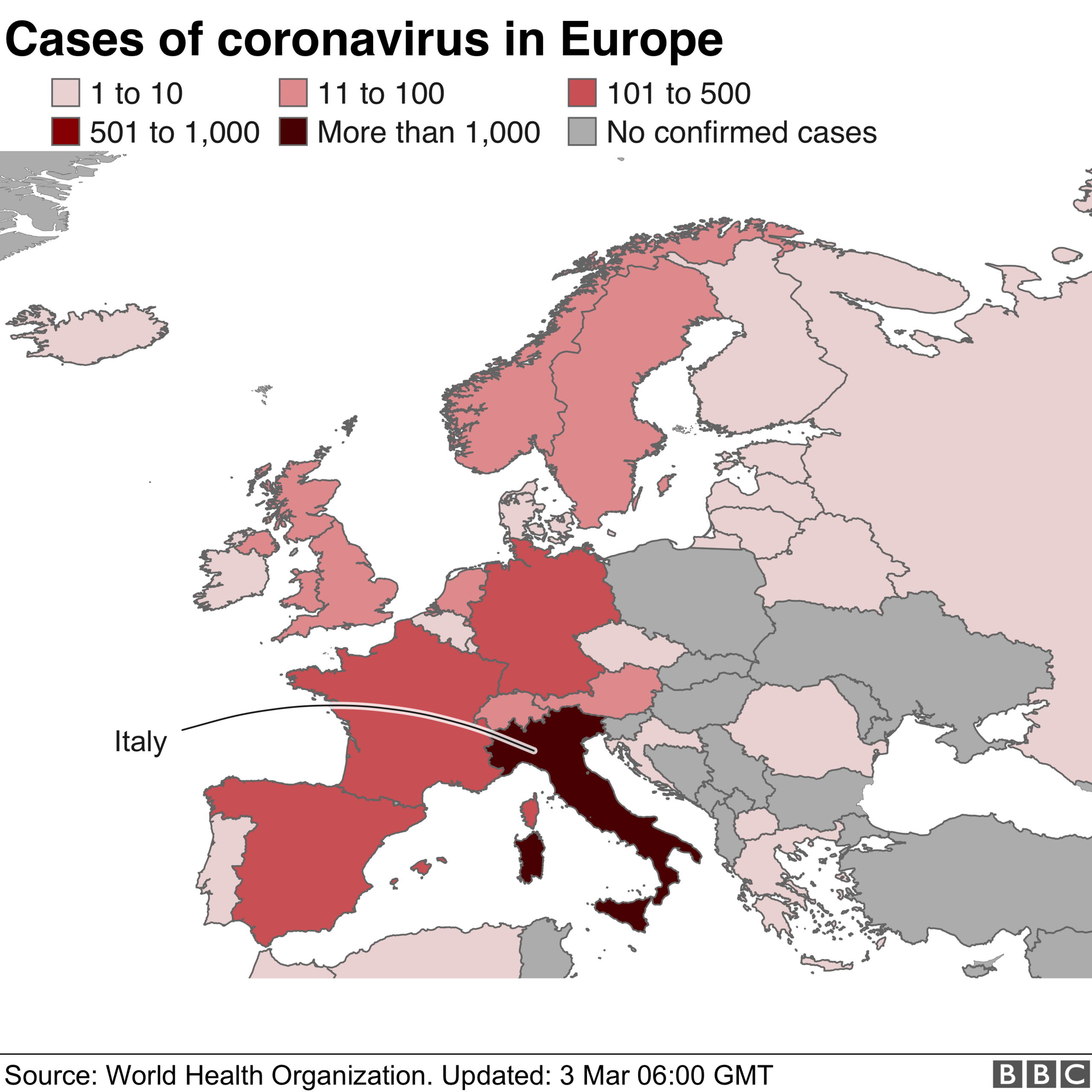

On Tuesday, Iran said the latest death toll from the virus was 77 - although the real figure is believed to be much higher. More than 2,300 people are said to be infected, including senior political figures. The head of Iran's emergency medical services, Pirhossein Kolivand, was one of them, the Ilna news agency reported on Tuesday.
Some 23 MPs are also reported to have tested positive for the virus, and an official close to the Supreme Leader, Ayatollah Ali Khamenei, was reported on Monday to have died of the disease.
Health officials in the US state of Washington said on Monday that four more people had died, bringing the total there to six. They are the only deaths in the US so far. Local officials say they are buying a hotel to convert it into an isolation hospital.
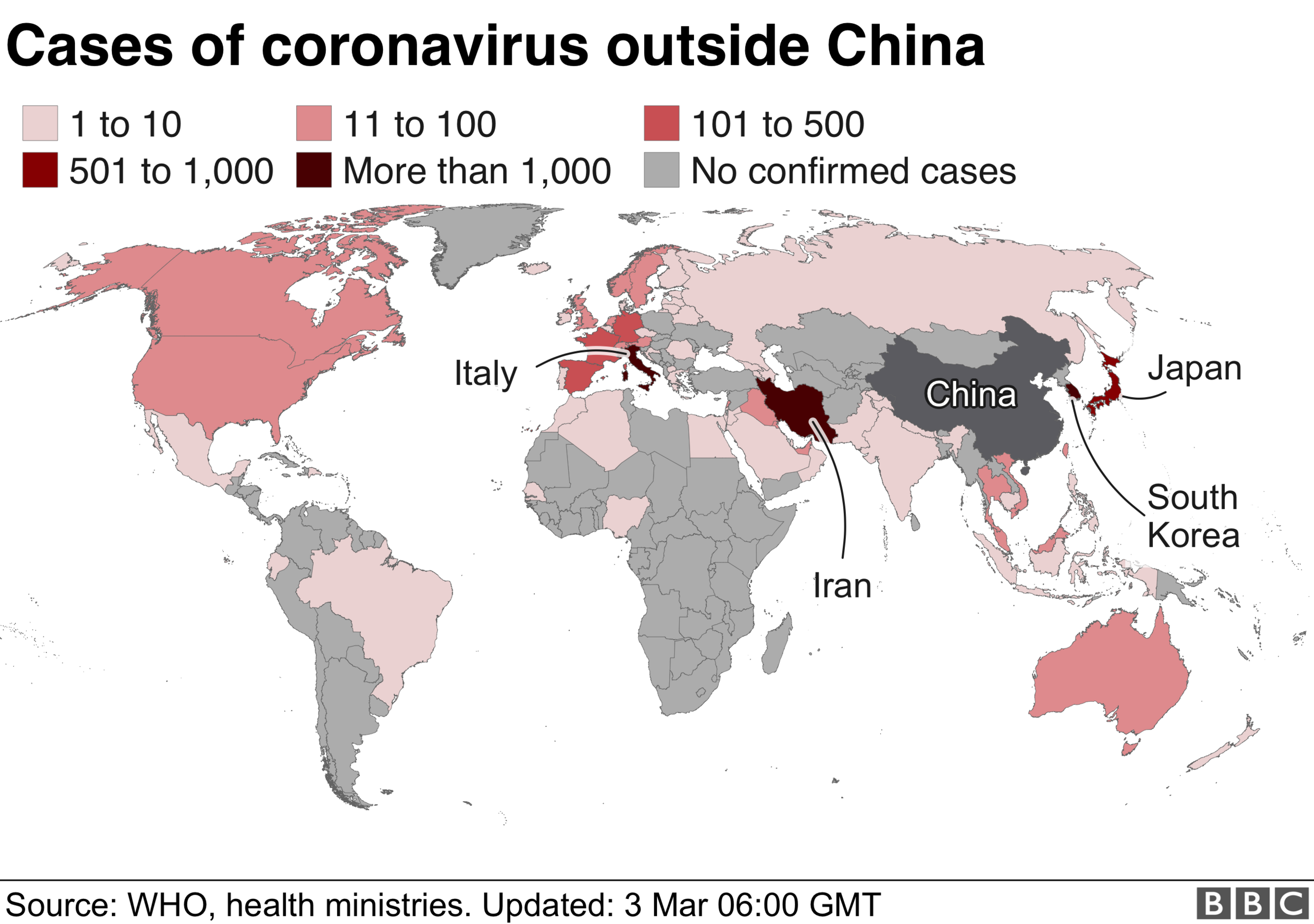
How deadly is Covid-19?
The WHO says the virus appears to particularly affect those over 60, and people already ill.
In the first large analysis of more than 44,000 cases from China, the death rate was 10 times higher in the very elderly compared to the middle-aged.
Most patients have only mild symptoms, the WHO says.
Read more: How deadly is the coronavirus?
By comparison, seasonal flu has an average mortality rate of about 0.1%, but is highly infectious - with up to 400,000 people dying from it each year.
Health experts believe Covid-19 does not transmit as efficiently and, unlike flu, it is not generally passed on by people who have no symptoms.
Other strains of coronavirus, such as Severe Acute Respiratory Syndrome (Sars) and Middle East Respiratory Syndrome (Mers), have much higher death rates than Covid-19.
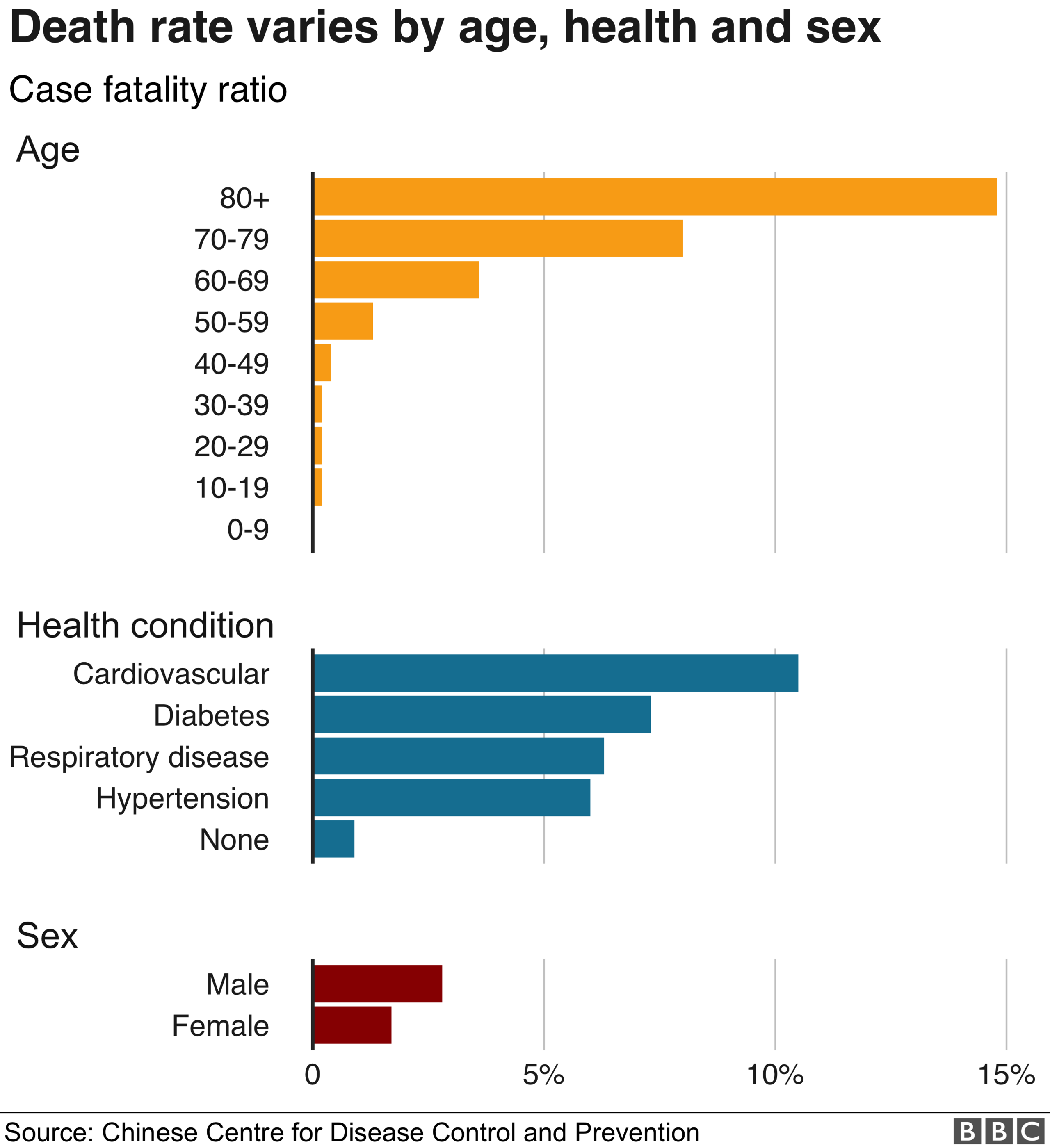

- Published29 February 2020
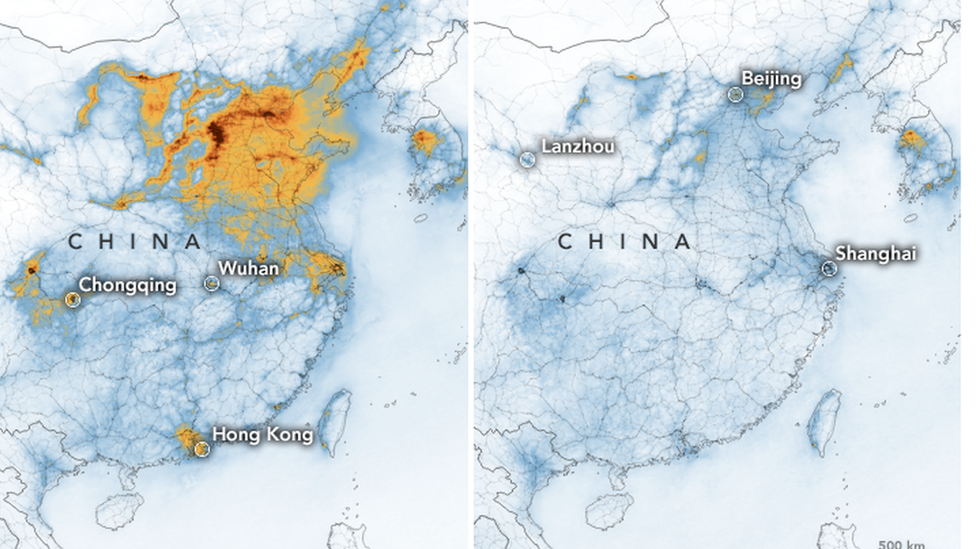
- Published3 March 2020

- Published2 March 2020

- Published24 March 2020
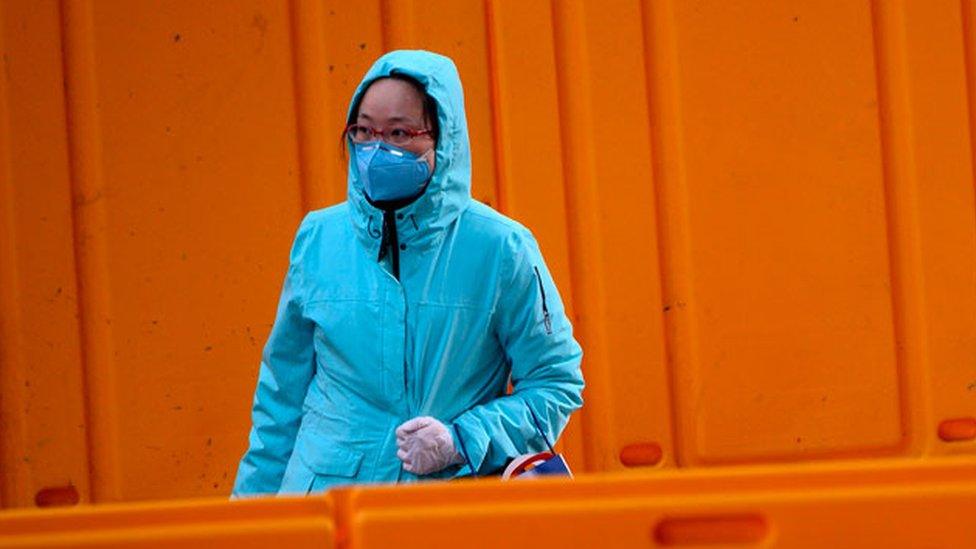
- Published30 January 2020
